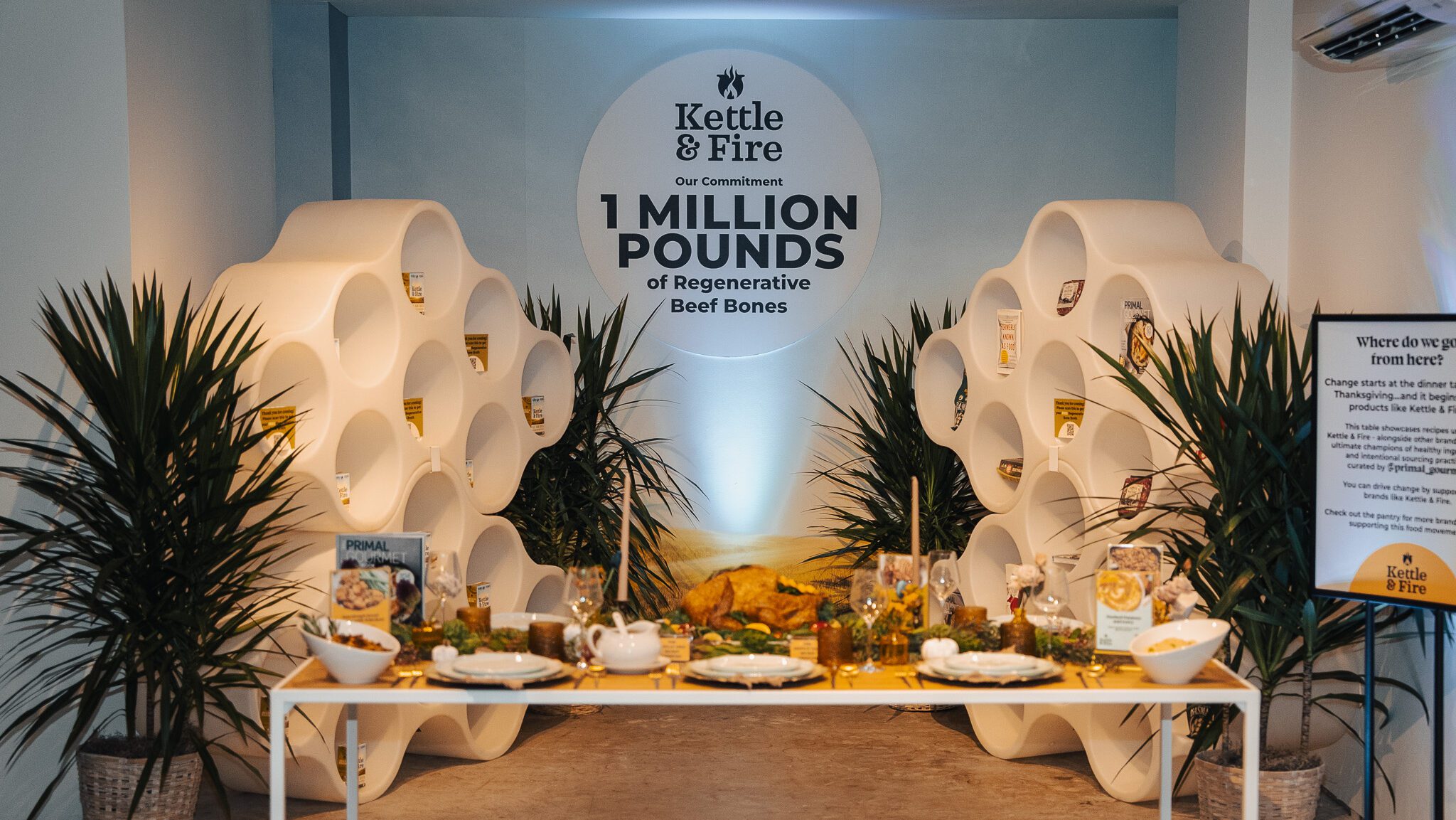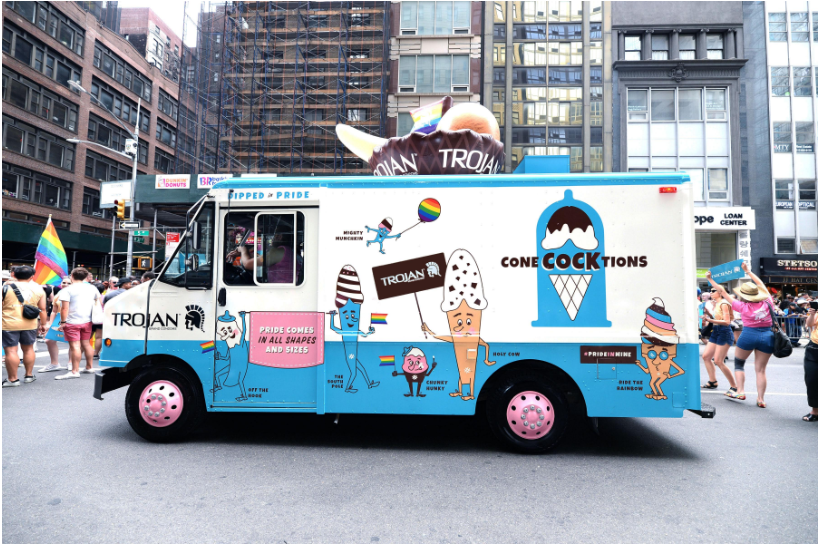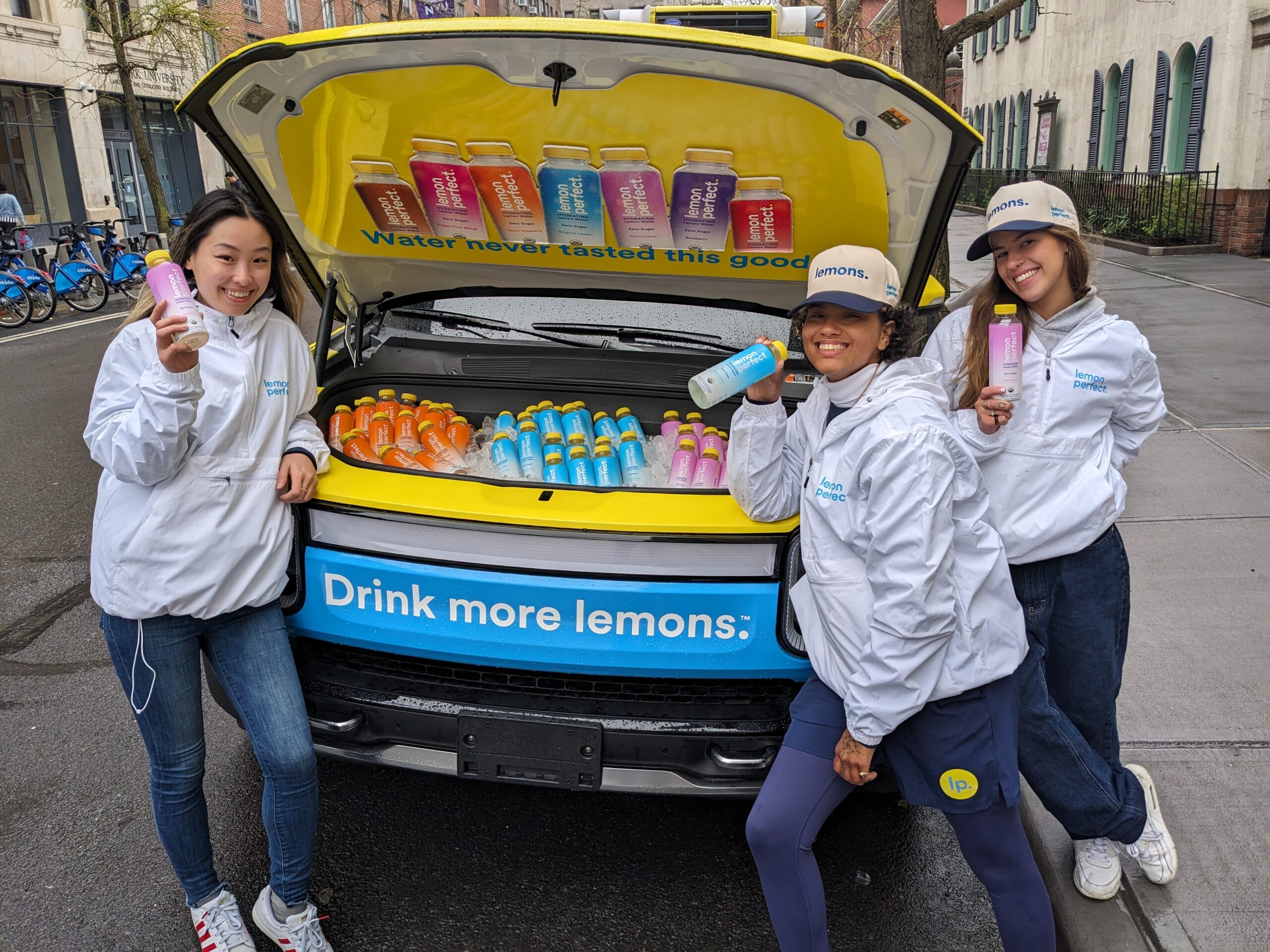
- Product Sampling
Behavioral Economics In Product Sampling Events
We know sampling works, and works quickly. Studies tell us that over 1/3 of customers who sample a product in-store will buy it during the same shopping trip. More than 2/3 of customers in one study said sampling persuaded them to buy a product, and 83% said sampling made their shopping more enjoyable.
That people love free stuff (and especially free food) is an understatement, and brands have long relied on sampling as a marketing strategy to snag new customers. But why, exactly, does it work? We can look to some principles of behavioral economics for answers.
What Is Behavioral Economics?
The study of economic decision making by both individuals and institutions, behavioral economics “draws on psychology and economics to explore why people sometimes make irrational decisions,” according to investopedia.com. Traditional economic theories assume people behave rationally; behavioral economics recognizes that humans often make decisions that run counter to their own best interests.
Behavioral economists seek to find out why this occurs, to better understand the mechanism by which we arrive at these counterintuitive decisions. That understanding can be used to craft policies that influence consumer behavior in positive ways. One example: Savings rates increase when employees are automatically enrolled in retirement plans so that they have to take action to leave the plan rather than take action to join it.
Of course, marketers can use this same understanding of human decision making to benefit their clients.
How Does Behavioral Economics Apply to Product Sampling?
Behavioral economics is a complex field that spans numerous aspects of consumer behavior. Several principles of behavioral economics help explain why sampling works, and suggest ways to make it even more effective:
Cognitive Biases
Cognitive biases are deeply embedded in the psychology of shopping and sampling. They are mental shortcuts that allow us to process information faster by using assumptions to cut corners, allowing us to make decisions more quickly. Cognitive biases confer some advantages, certainly, but they can also lead to errors in judgment.
One example: the well-known sunk cost fallacy. Sometimes framed as “throwing good money after bad,” the sunk cost fallacy is the tendency to get emotionally attached to money spent in the past. Consumers often have a hard time letting go of poor investments even when the fiscally prudent thing to do is move on.
Loss aversion is another cognitive bias that often works against us. It’s “the tendency to feel the pain of a loss more acutely than the pleasure of a gain,” according to a medium.com article. Brands can take advantage of this bias by emphasizing potential benefits of a purchase while minimizing risks, so that the consumer believes they have more to lose by not making the purchase than by making it.
The anchoring effect is another widely recognized cognitive bias that has specific implications for sampling and pricing. This bias is the human tendency to “latch on” to the first piece of information available when making decisions. This first piece of information is the “anchor,” and it creates a scenario in which we compare subsequent pieces of information back to that original anchor. One example: Imagine shopping for coffee mugs. The first mugs you see are priced at $100 for a set of four; this is more than you wanted to spend, but on closer examination you see the set was originally priced at $275 and has been marked down to $100. Your intended budget hasn’t changed at all, and $100 is still more than you wanted to spend, but it’s $175 less than the original price, right? That makes it feel like a great deal.
The zero risk bias is a cognitive bias that makes us value choices that have (or appear to have) zero risk. Free samples allow buyers to try out your product with zero risk or commitment. This makes buyers more likely to take risks and try new products or new product categories.
Framing
Brands can impact user decisions by the way they present choices, says an article in medium.com. “Framing effects occur when the same information is presented in different ways, leading to different choices,” the article says. Carefully framing choices to nudge users toward desired actions such as purchasing a sampled product or buying both the sampled product and a complementary product results in more sales. The investopedia.com piece uses the example of two sentences that describe the same thing but frame it differently:
- Babe Ruth failed to get a hit in nearly two-thirds of his at-bats.
- Babe Ruth, one of the greatest baseball players of all time, hit .342 in his lifetime.
Option 1 makes Babe Ruth look like a poor batter, while Option 2, using the same information, makes him look like an all-time great.
An example of how this might be used in marketing: a markdown price on a $20,000 product can be framed as “$1,000 off” or “5% off”; to most consumers, $1,000 sounds better, but the two deals are exactly the same.
The Zero Price Effect
This is the principle that people overvalue free things and often make irrational decisions when something free is involved. In one well-known study, behavioral economist Dan Ariely and his team of researchers asked participants to choose between two products: a free Hershey’s Kiss, and a $0.13 Lindt truffle. More than twice as many participants chose the free Hershey’s Kiss, despite the Lindt truffle being objectively superior in quality. But when researchers put a price of just one penny on the Kiss and added a penny to the truffle’s price, participants flipped the graph — three times as many went with the truffle. Intrigued and somewhat surprised, the researchers repeated the experiment, to similar results every time. The zero price effect works because it feels good, said Kristina Shampanier, one of the study’s co-authors, calling that feeling a “positive glow people have about not having to pay”. Further, “when people see something for free, they don’t see the downside.” The zero price effect is thus often amplified by the zero-risk bias.


Hedonic Adaptation
We humans adapt to positive experiences quickly — and given our fondness for no-cost goodies, a free sample is often a pleasant experience. This makes the sampled product more desirable. We like free stuff, the reasoning goes, and getting something for free gives us that “glowing” feeling, even when the consumer isn’t making an explicit choice between a free thing and a non-free thing. This combines with the next principle, reciprocity, to induce purchases.
Reciprocity
When we receive something for free, we often feel a need to reciprocate. “You feel obligated to some degree, [making] it more likely you buy the full package,” Ariely explains. Reciprocity is a powerful instinct, so when a brand sells its product along with giving away samples, consumers who sample will be more likely to “repay” the brand by making a purchase.
Herd Mentality/Bandwagon Effect
Humans are social beings, and this means many of our decisions are influenced by others’ behavior. Whether this attitude is about FOMO or joining a community of consumers, this includes purchasing decisions. When social proof is provided alongside samples — such as via signage — or an influencer or celebrity is on hand to explicitly or implicitly endorse the product, herd mentality may be triggered.
Behavioral economics supports the value of sampling as a marketing strategy. A carefully planned and skillfully executed product sampling event leverages psychological biases to create a positive experience, build trust, and ultimately drive sales.
Promobile Marketing is a dynamic experiential marketing agency based in New York City. For over a decade, Promobile Marketing has collaborated with a range of brands—from budding startups to major CPG brands—on immersive marketing campaigns. Get in touch to discuss your next project.


